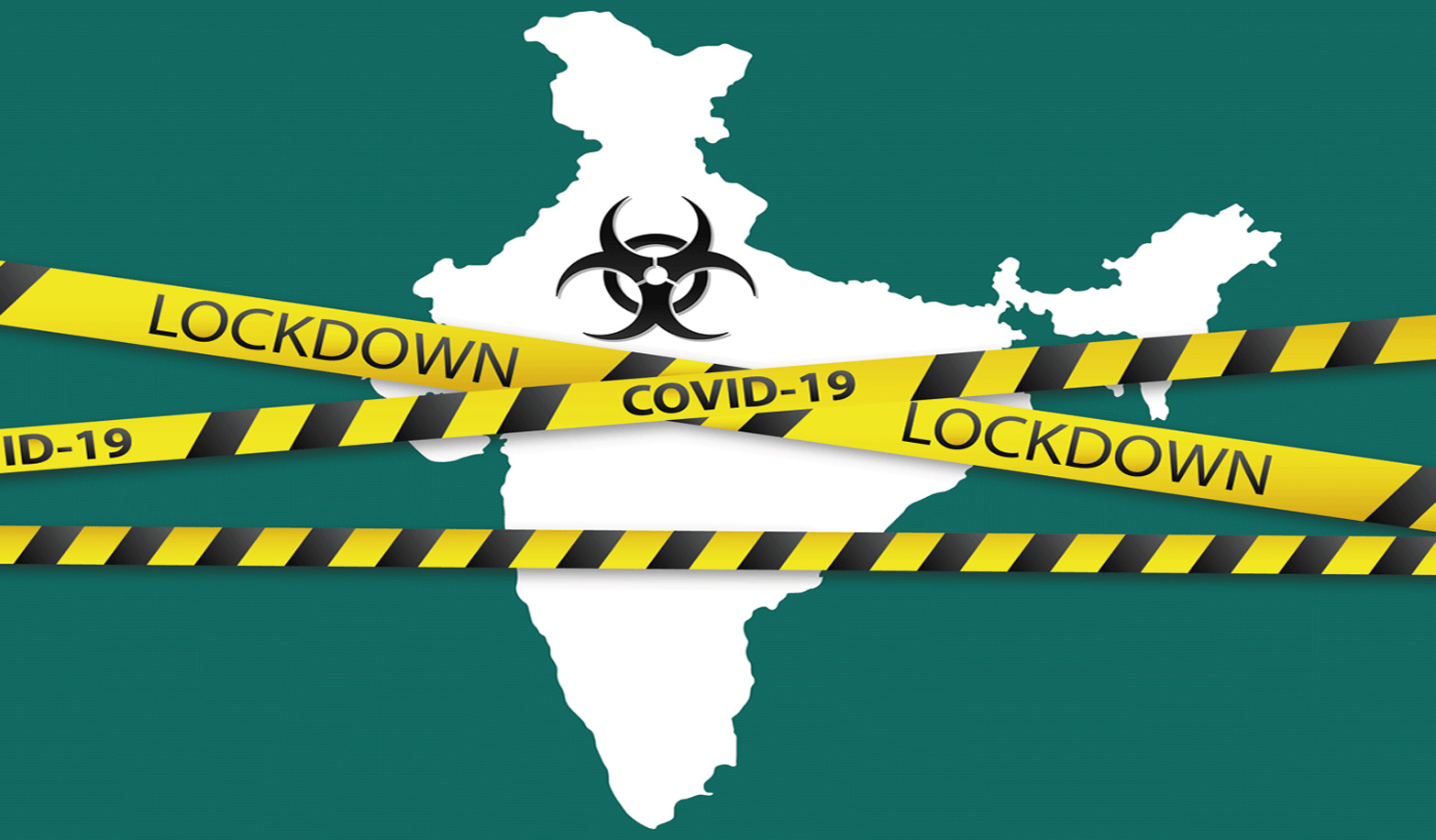For a Deafblind person, communication is first and foremost using touch, which can easily convey simple meanings. With a little practice, it is possible to create and communicate more complex things as well, and this works between deafblind persons as well as with those who are Deafblind but have learned how to use Tactile Sign Language.
But in the lockdown world, with the fear of the COVID-19 contagion that has spread everywhere far more and faster than the contagion itself, how can two or more persons who need to communicate do so, without fear of spreading the virus?
Video calling on the phone is easy for a Deaf person, as both persons can see the signing gestures (Indian Sign Language), but what can a Deafblind person do? The lack of phone apps that deal with this problem means that Deafblind persons must depend only on touch itself.
This is not such a great problem for me, as long as I am using my computer and email. I can use my Braille keyboard to type, and use this to send emails or to create documents that I can attach to emails. But if I need to go to a nearby shop to buy something, or if I have to use public transport for some urgent reason, I am close to helpless.
Most people do not seem to be aware of the problems of Deaf and Deafblind persons. When I do not respond to verbal queries, because I do not know that somebody is trying to speak to me, this causes confusion for others. And if I try to communicate by grasping somebody else’s hand, so that I can sign on the palm, people get frightened. This has always been a problem, but it has got much worse, thanks to the fear surrounding the contagion caused by Covid-19.
I can still use my phone, by typing words on the screen and showing them to the other person, or by having the phone speak it out, but this is slow, and the other person needs to be very patient and willing to take the time to understand what I need to say. The fact that apps that do this for me are not widely being used, means that people are not accustomed to accepting that these electronic devices can be used by non-verbal persons like me for communication.
This is especially difficult when I am trying to get some urgent needs attended, such as if I have some health issue and need a doctor’s advice. On arrival at the clinic, often people, seeing that I am blind, try to grab me to help, while speaking to me. But I am very sensitive to touch, and being held by more than one person is very confusing for me. For them, the fact that I am not responding to their questions, is also confusing, as they do not understand that I cannot hear or speak, and that if they are holding my arms, then I cannot use my fingers to spell out my needs on their palms.
I have had to face many such problems with being treated as an independent person. For instance, when my wife needed to see a doctor, it was difficult for the doctor to understand that I could describe her needs and answer his queries. It is the same when I take my little daughter to the clinic. It becomes necessary to take another adult along, which is neither easy to organize at short notice, nor is it respectful of my knowledge of my own family and our needs, and my ability to communicate this.
The government has committed (by law) to provide assistance to persons with disabilities, but there is a long way to go. Once, I was given a certificate of orthopedic problems, although that is not my situation at all. There is no certification of Deafblindness, and this is a more serious problem, as the assistance for either Deafness or Blindness is not suited for me.
I have founded the Society for the Empowerment of the Deafblind to try and change this situation. We advocate for the needs of Deafblind persons, and we have allied with other NGOs to provide training and employment opportunities for persons with Deafblindness. We hope that the time will come when Indians are more sensitive to the needs of others and devise technologies and solutions that enable Deafblind persons to work independently in Indian society, and that such solutions are easily understood and accepted by all Indians.



